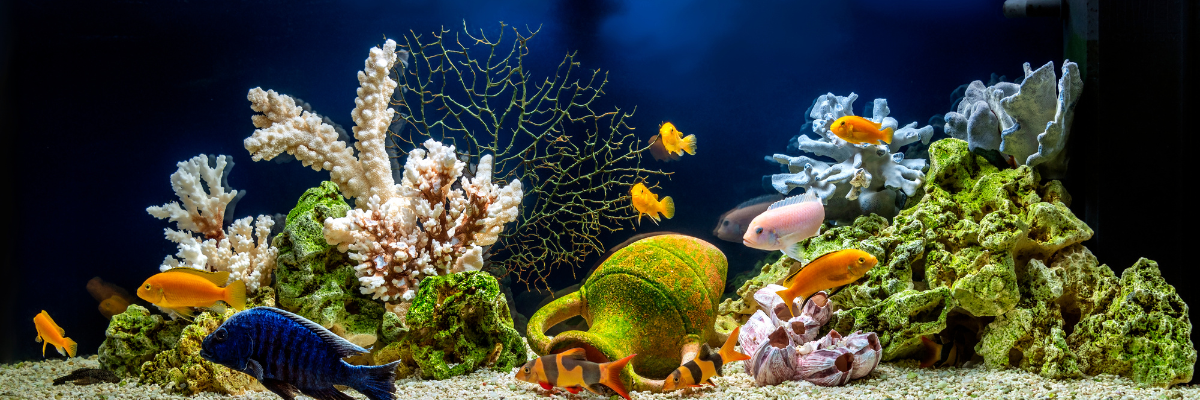
Crystal Clear: A Guide to Aquarium Water Quality
Fishkeeping is a rewarding hobby that involves caring for fish and creating a thriving aquatic environment within an aquarium. Whether you're a beginner or an experienced hobbyist, understanding the types of water used in fishkeeping is essential. Each type of water has its unique requirements, and proper conditioning and maintenance are crucial for the health and well-being of aquarium inhabitants. Let us find out more about the different types of water for different species of fish.
Tap Water
Tap water can be used in aquariums, but it often needs to be treated to make it safe for fish. Tap water typically contains chlorine and chloramines, which are harmful to fish. Additionally, tap water may have varying levels of hardness and pH, which may need to be adjusted depending on the needs of thefish species.
Distilled Water
Distilled water is pure water that has been boiled and then condensed back into a liquid, leaving behind impurities. While distilled water is free of contaminants, it lacks essential minerals that are beneficial for fish health. Therefore, it's generally not recommended to use distilled water alone in an aquarium unless it's properly remineralized.
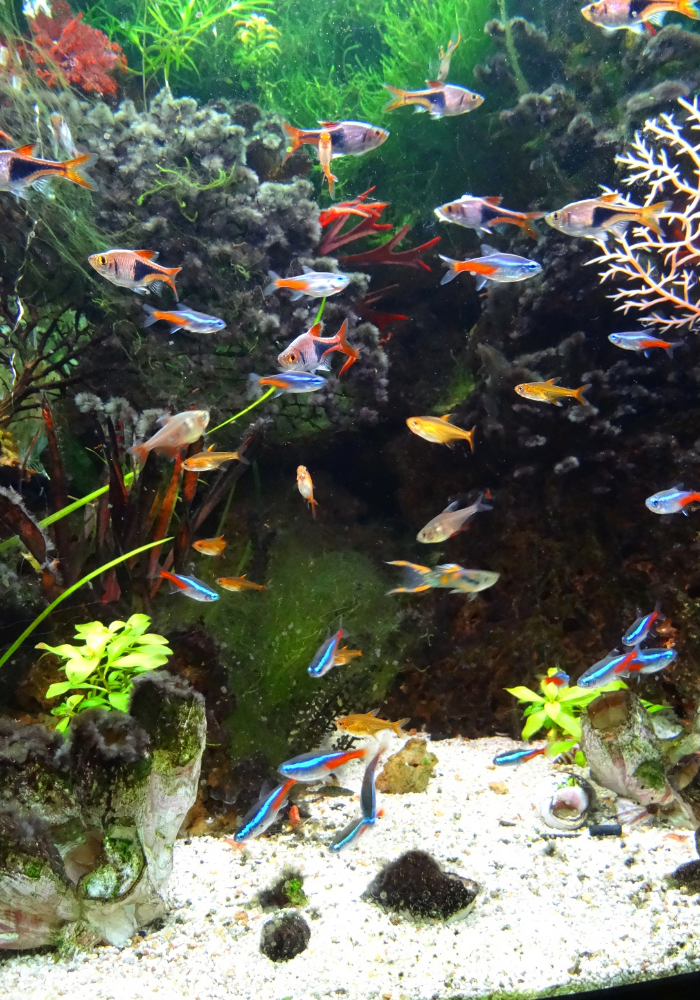
Well Water
Some fishkeepers use well water for their freshwater aquariums. Well water may have different mineral compositions and pH levels, so it's important to test and adjust parameters as needed.
Rainwater
Rainwater can be collected and used for freshwater aquariums, especially for species that prefer soft, acidic water. However, it should be filtered to remove pollutants before use.
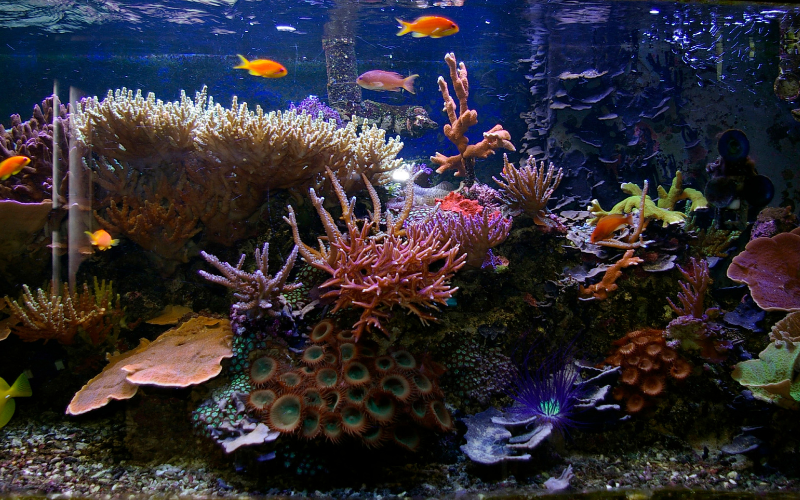
Do You Need to Condition Your Aquarium Water?
Regardless of the source, all water used in fishkeeping should be treated and conditioned to remove harmful substances and make it suitable for fish. Water conditioners are used to neutralize chlorine, chloramines, and heavy metals.
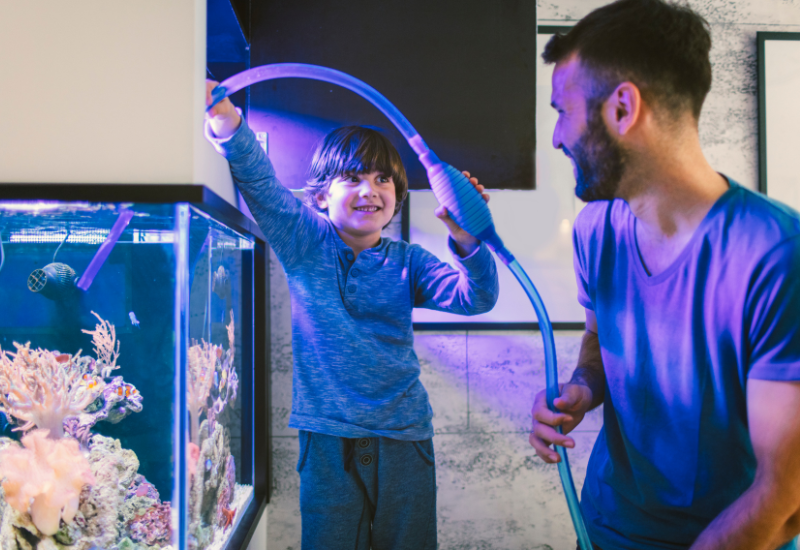
The water conditioner will remove harmful substances like chlorine, chloramines, heavy metals, and detoxify ammonia and nitrite, while other additives may be used to adjust pH, hardness, and other parameters as needed, making the water safe for fish. Use a water testing kit to ensure that parameters such as pH, ammonia, nitrite, nitrate, and hardness are within the appropriate range for your aquarium inhabitants.
Once the water is conditioned and tested, you can add it to the aquarium slowly, especially if you're doing a water change, to avoid shocking the fish with sudden changes in water chemistry or temperature.
Saltwater (Marine)
In some cases, aquarists may use natural seawater collected from clean, unpolluted ocean sources for marine aquariums. Artificial saltwater may also be created by mixing marine salt mix with purified water (such as RO or distilled water). This allows precise control over salinity and other parameters to mimic natural marine environments.
Brackish Water Mix
Brackish water aquariums house fish species that inhabit estuaries, where freshwater meets seawater. A brackish water mix can be created by diluting marine salt mix in freshwater to achieve the desired salinity level, typically between freshwater and seawater concentrations.
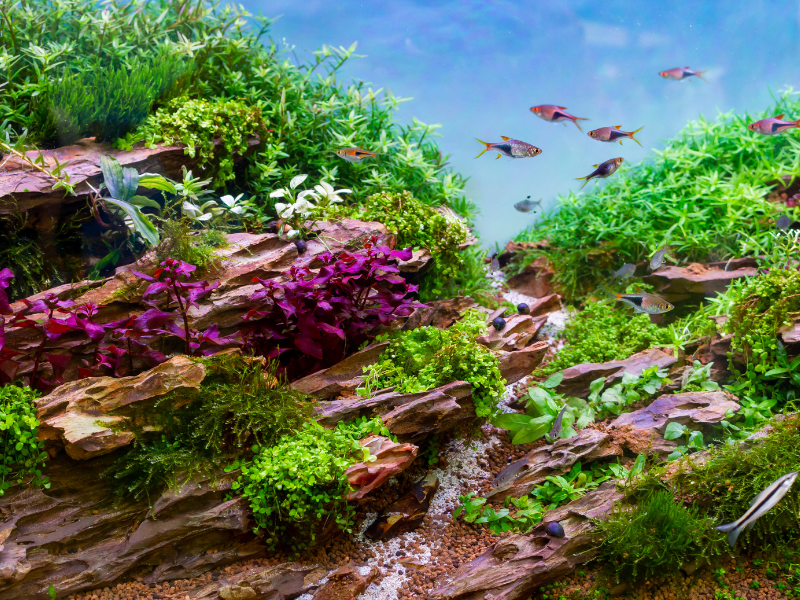
Consider using natural methods to condition your aquarium water such as aging tap water, boiling water, or incorporating natural substances like Indian almond leaves, driftwood, or peat moss to condition aquarium water without relying solely on commercial chemicals.
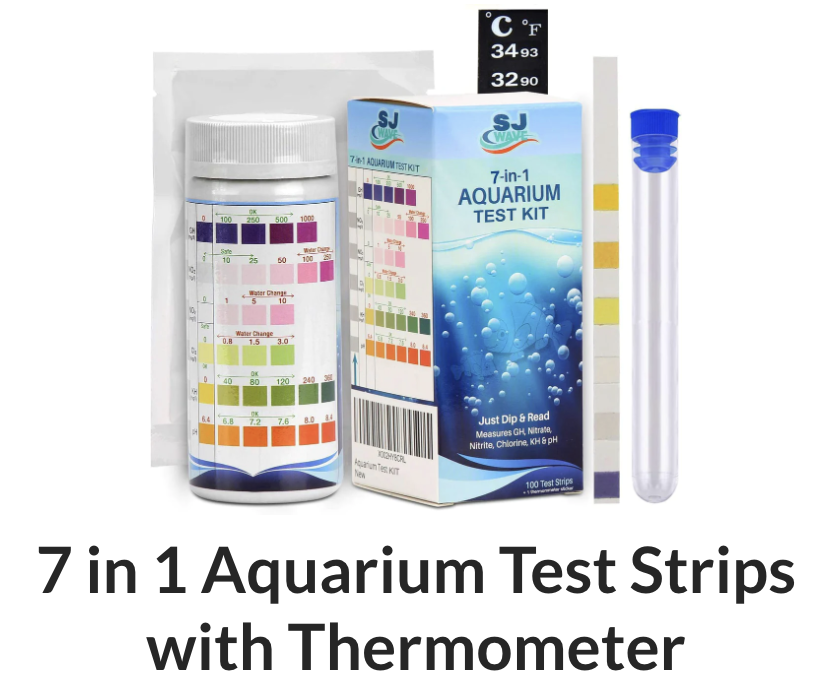
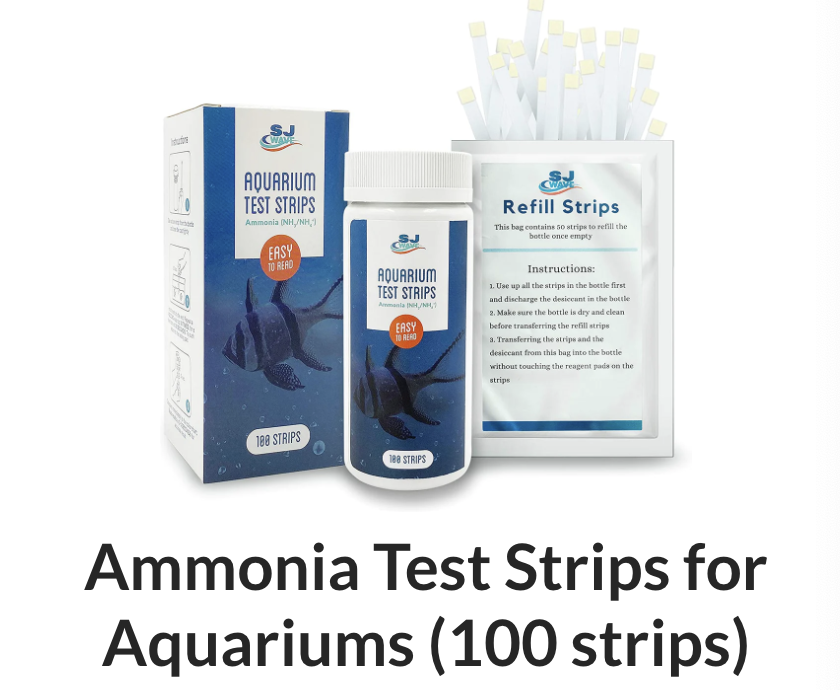

Keep Your Aquarium Clean
After adding the conditioned water to the aquarium, continue to monitor water parameters regularly to ensure they remain stable and suitable for your fish. Regularly test the quality of your water. Choose a reliable water test kit like SJ Wave 7-in-1 Aquarium Test Strips and SJ Wave Aquarium Ammonia Test Strips that gives you accurate results in seconds. Perform routine water changes as needed to maintain water quality and remove accumulated waste and pollutants.
In summary, the type of water used in fishkeeping depends on the specific requirements of the fish species being kept, whether freshwater, marine, or brackish, and may involve using tap water treated with water conditioners, artificial or natural seawater, or specialized mixes to create optimal conditions for the aquarium inhabitants. Regular testing and monitoring of water parameters are essential to maintain a healthy aquatic environment. Visit the SJ Wave website and find out more about their complete water test kits for all types of water sources.

